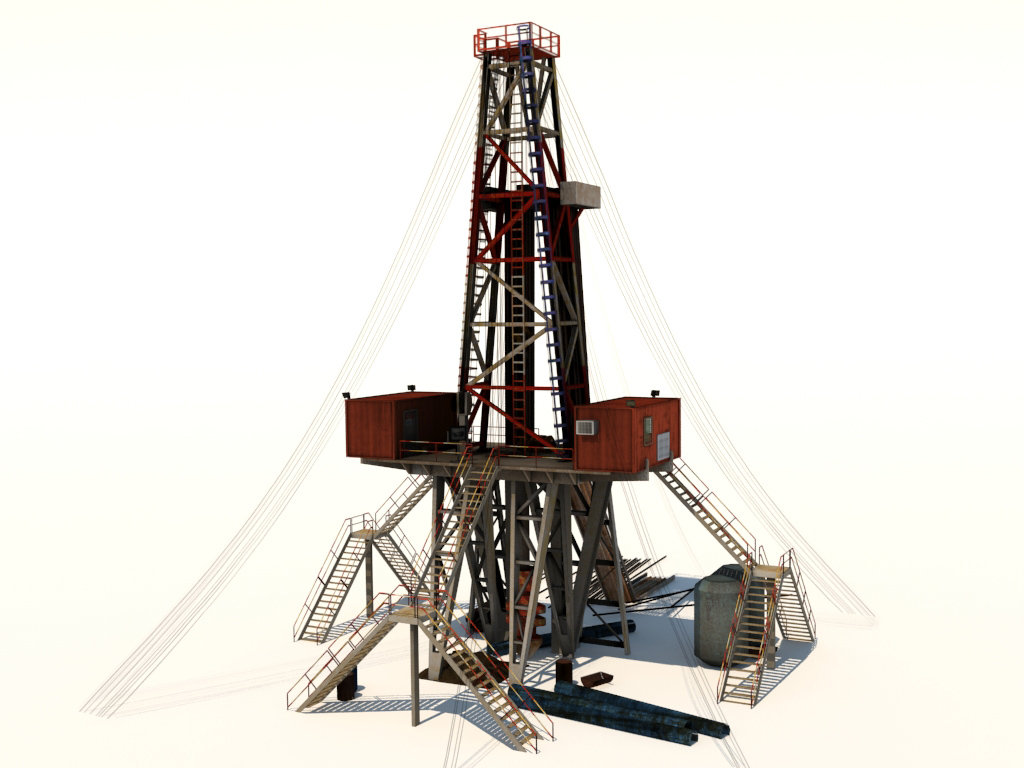
You don’t always have to block out your model first, but doing so may help you get unstuck. The thing to keep in mind when dealing with those is that complex shapes are always just a combination of simple shapes.Īny form in Blender can be made up of simple adjustments to cubes, spheres, and the other primitives. Maybe it’s the ears on a character or a piece of a sports car - there are just some shapes that are hard to put together. This might seem obvious, but it’s the most important yet also the most tricky part to get right. The first thing that you want to think about when modeling in Blender is the overall shape of what you want to create. Keep in mind that while my main focus is on Blender 3D, these rules are universal to any 3D software. Thankfully, there are a few key concepts that apply to any project and will instantly improve your results. It’s easy to get caught up in the nuances of tools or topology and miss the metaphorical forest for the trees. You’ve probably heard of a lot of rules, best practices, and exceptions to those rules while learning Blender. Always remember when rigging characters to have the model and rig in a neutral pose, such as a T-pose.There are a lot of Blender tutorials out there, though you may have already realized 3D Modeling is not easy. These joints are controlled by a series of nulls that allow an artist to manipulate the model in a more logical fashion than by animating each joint.

Rigging a characterĪ typical animation/3D rig for a humanoid form will consist of parented joints or bones, which act as a basic skeleton.

3D rigs can work just as well with hard-bodied systems such as cars, where controllers can be an invaluable part of an animation setup. When parented correctly, a joint and null system creates a logical way of moving elements, and when this system is bound to an organic mesh it can create a convincing range of movements. Nulls can also create controllers that are tied to specific objects within a skeleton, to allow an artist to move and control elements much more easily than actually trying to select the specific points themselves. Joints are objects that essentially act as the bones of the skeleton, where the nulls/groups/ targets act as the cartilage to define the range of movement. An animation or 3D rig usually comprises a system of ‘invisible’ objects that can be seen in a 3D viewport but not in a final render.Īt the most basic level, these objects are nulls/groups and joints. Think of a 3D rig as a basic skeleton (Image credit: Mike Griggs)ģD rigging is in effect the process of creating an invisible skeleton that defines how an object moves.


 0 kommentar(er)
0 kommentar(er)
